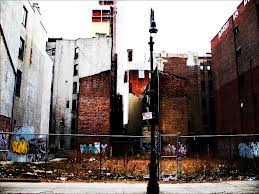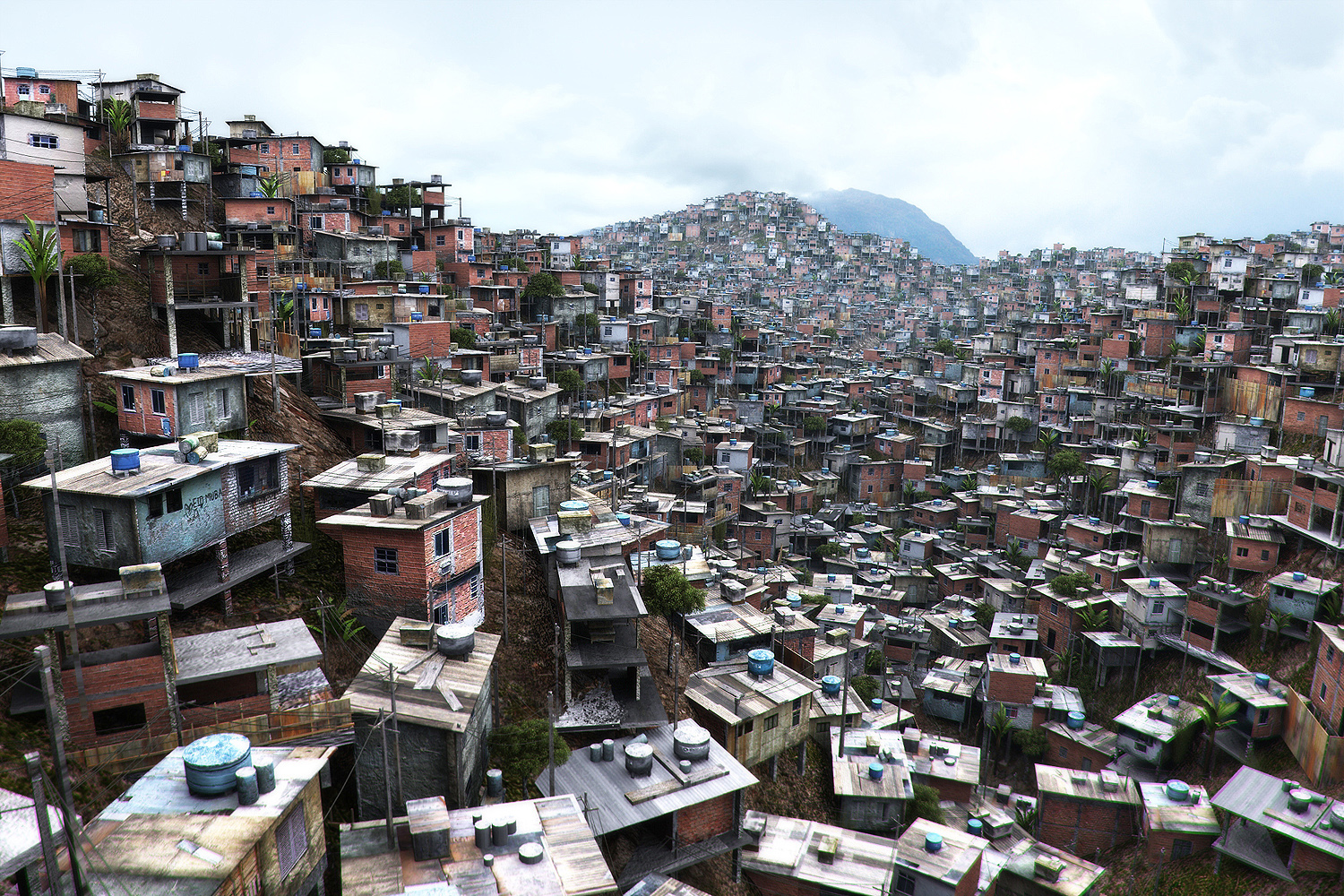When we try to understand architecture and the rules behind, it’s usually helpful to look at some universal rules applied on different aspects of the world. Emergent system, as a broad concept, provides an idea of forming and production in natural science as well as architecture. Under the explanation of “emergence”, cities start to be treated as models with organization and learning abilities, similar to brains and Web.
The human civic settlements usually form certain patterns when looking at them in helicopter view. And it’s possible to use inbuilt redundancy and multiple load paths to build models for complex city patterns and its behavior that are relatively stable in time scale of hundreds years. Reading “the pattern match” introduces three types of cities based on its emergence: traditional cities, imperial cities and organic cities. In organic cities, the patterns are shaped in time not only by physical structures with certain durability (like cathedrals and universities) but also community and business clusters with self-organizing ability. This ability can be understood as the inner force within clusters driven by information sharing (like Florentine silk weavers).
The self-organizing ability is another way of “learning”. The word “learning” is defined as “storing information and knowing where to find it”. So when a city learns, it recognizes and responds to changing patterns. At the same time, when it needs to respond the patterns, the system is able to alter and adjust itself without consciousness. It’s a new way to look at cities as a living organ that can respond to human activities instead of a static object any more. The learning process allows cities to record activities and form their own patterns like an emergent system in time.
Force of history keeps “lashing” the city pattern once it formed. While the balance between kinetic impact and static physical city structure creates a self-organizing structure and more over, develop the city. In reading “the Pattern Match”, the author raises the point that “a linear increase in energy can produce a nonlinear change in the system.” Cities can form a self-developing loop once energy or forces are added in. Here is a diagram showing how this loop works for European cities around 1000AD with the push of soil-based technology.
Similar energy increases in the society include later exploitation of fossil fuels and the information era that form self-organizing loop resulting with city development.
Mumbai, another example of this equilibrium of kinetic city and static city develop after the social and economic change in neoliberal era in late 20th century. The static part of Mumbai remains in its shape and creates new patterns with temporary housing and practices of kinetic city.
Michael Hensel , Achim Menges , Michael Weinstock. “Emergence in Architecture”
Stephen Johnson “Pattern Match”


